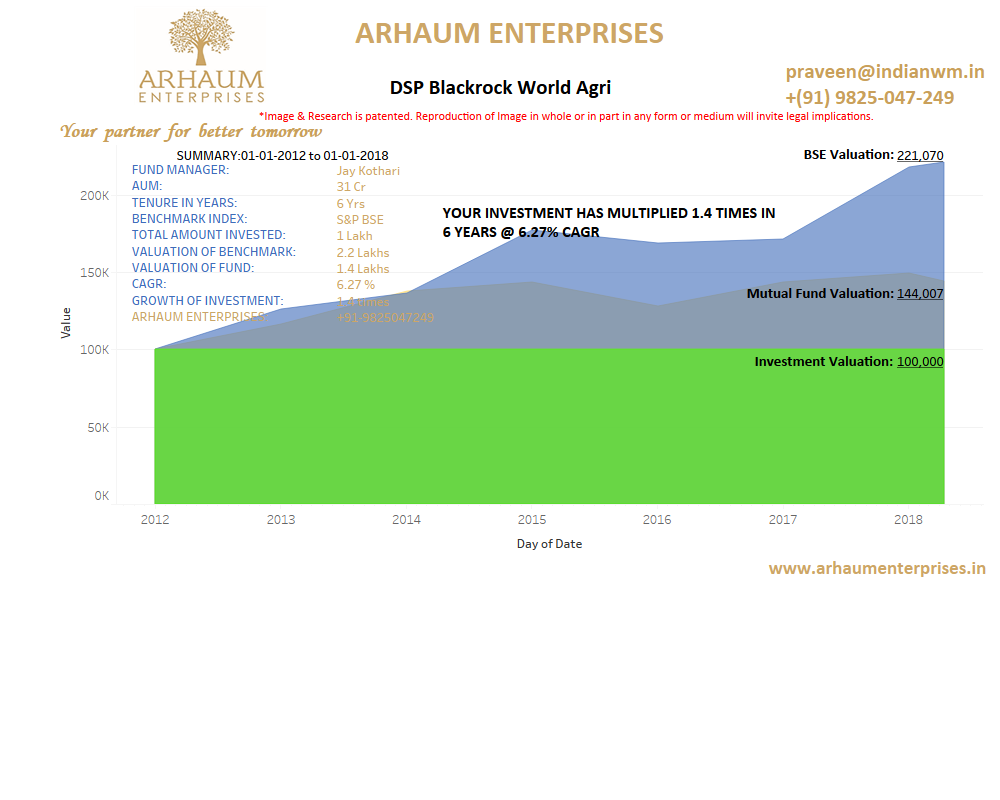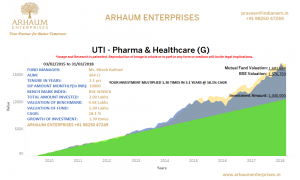The real value of SIPs lies in its tendency to encourage investors to continue investing through thick and thin and thereby, generate better returns from equity
By Dhirendra Kumar | Feb 15, 2018
There are now some six-seven types of SIP available from Indian mutual funds. You can have ‘value-based’ SIPs; SIPs with different periodicities, which claim better returns; SIPs that split monthly instalments into weekly ones; SIPs which claim different dates give better returns; and SIPs that vary your monthly investments according to even more complex formulae.
Subscribe to the Value Research Insight newsletter
That’s a lot of choice, and consumer choice is always supposed to be good, right? Well, not quite. I’ll put it bluntly. Having lots of choices in SIPs is an unequivocally bad thing. These choices misguide people as to what the real purpose of SIPs is and how they can succeed at SIP investing.
Worse, they promote the idea that the way to get better returns lies in some newly discovered trick or feature that is available in some SIPs and not in others. This is a bogus idea. The value of an SIP lies in its simplicity. SIPs are not a magic arrow that will always, without fail, give you better returns than slingshot investing. However, given a general upward trend in stocks, an SIP is very likely to generate better returns than trying to time the market.
Why are investors so concerned about SIPs so as to continually try to improve them with these tricks? At one level, it’s good to see that savers are taking their investments seriously and are minutely examining what they are doing and what effect it is producing. However, the bigger problem is the idea that there is some magic to the very simple concept of investing in a volatile asset by averaging your cost.
An SIP is all about investing a fixed sum regularly in an equity fund, regardless of market conditions. Over the long term, you end up buying more units when the markets are down and fewer when the markets are up. Thus, your average purchase price is much likelier to be lower than what it would have been otherwise. Therefore, when the time comes to redeem your investments, they are very likely to be worth more than what they would have been. That’s all there is. There are no guarantees, and there are certainly no fixed formulae of expected returns. Hypothetically, if the stock market were to go into a general long-term stagnation or decline, then SIPs would lose money. They would also earn you less than a lump-sum investment. But in the real world, since you are investing in something that has high volatility but a general trend upwards, you actually come out well in most cases.
However, there is a bigger reason to invest through an SIP. The real value of an SIP is not in maths but in psychology. SIPs are the simplest way of investing regularly and getting good returns from equity, without having to worry about when to invest and when not to invest and thus often missing out on the best opportunities. When the markets turn discouraging, the general instinct of many investors is to stop investing, either because they are scared or because they are trying to catch the bottom. However, SIP investors – not all but most – tend to continue their SIPs. Soon, when the markets go up, this teaches them the value of not stopping their SIPs in bad markets. Thus begins a virtuous cycle, creating a larger new generation of investors who understand the value of regular investing.



